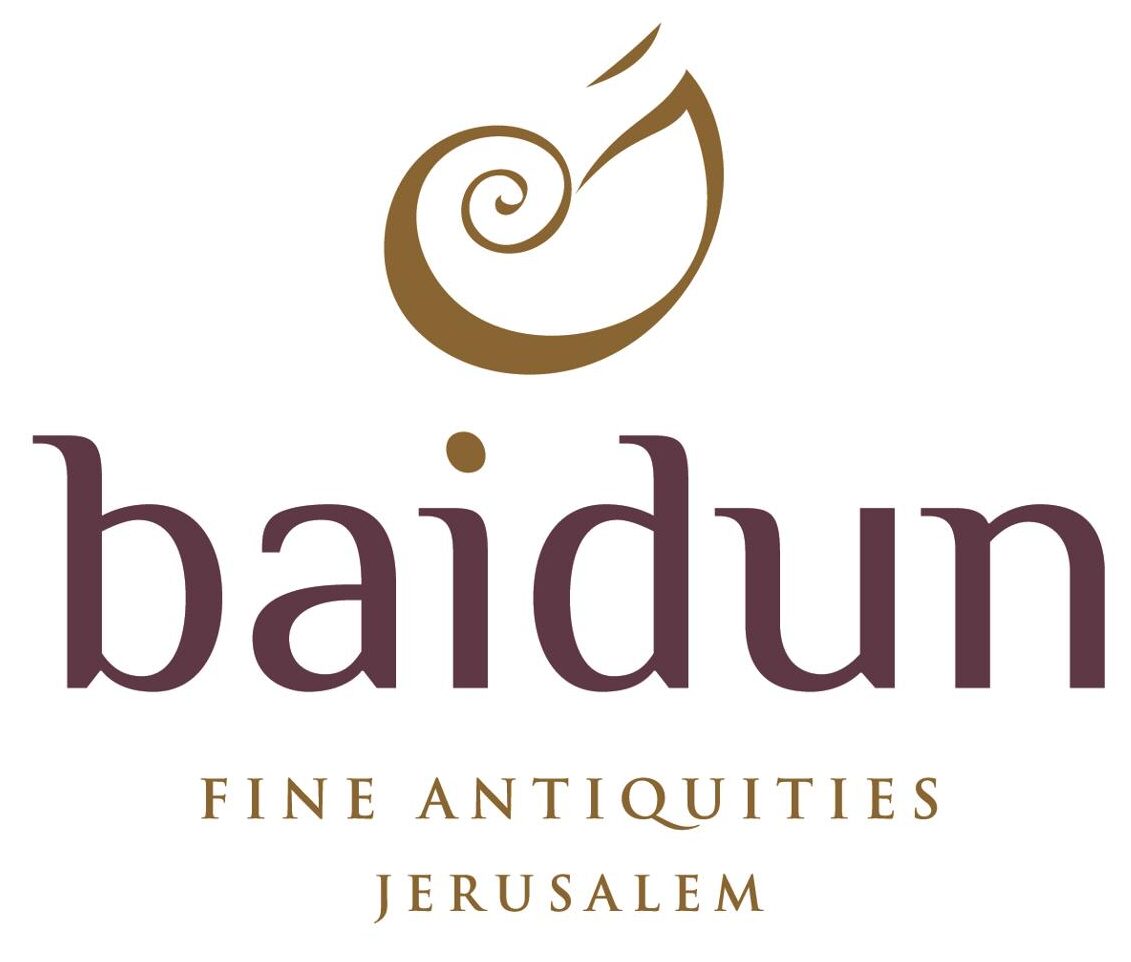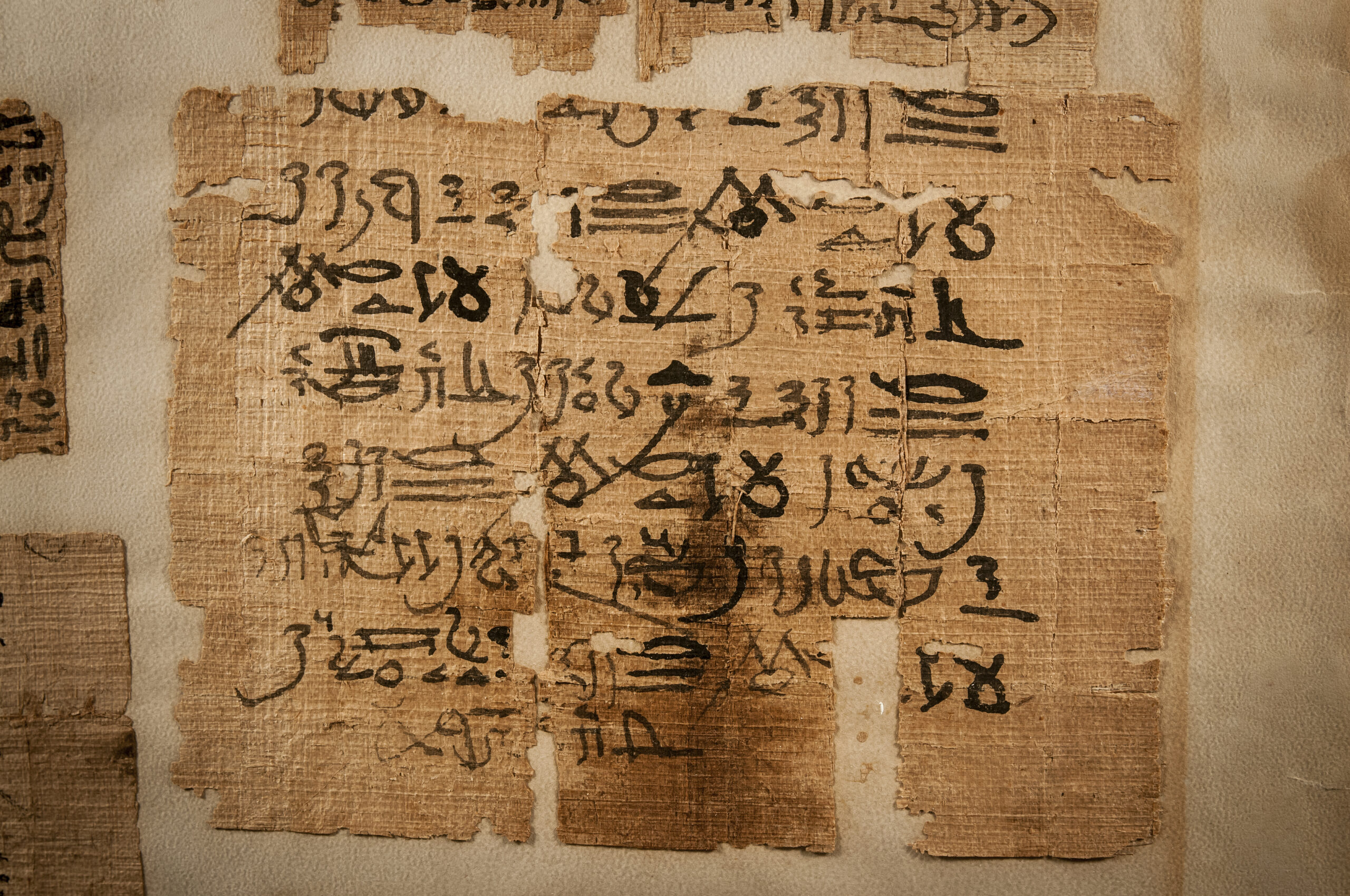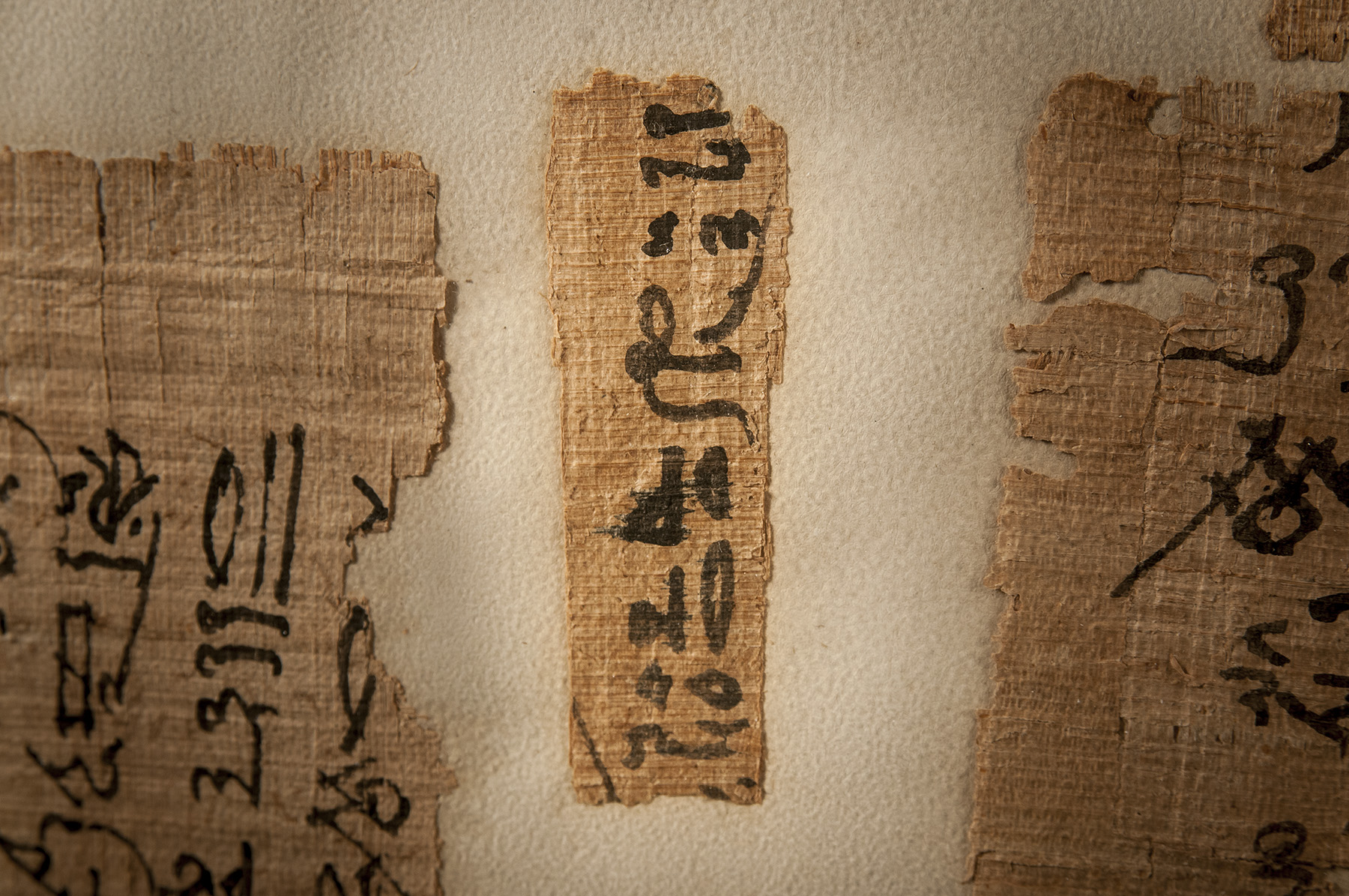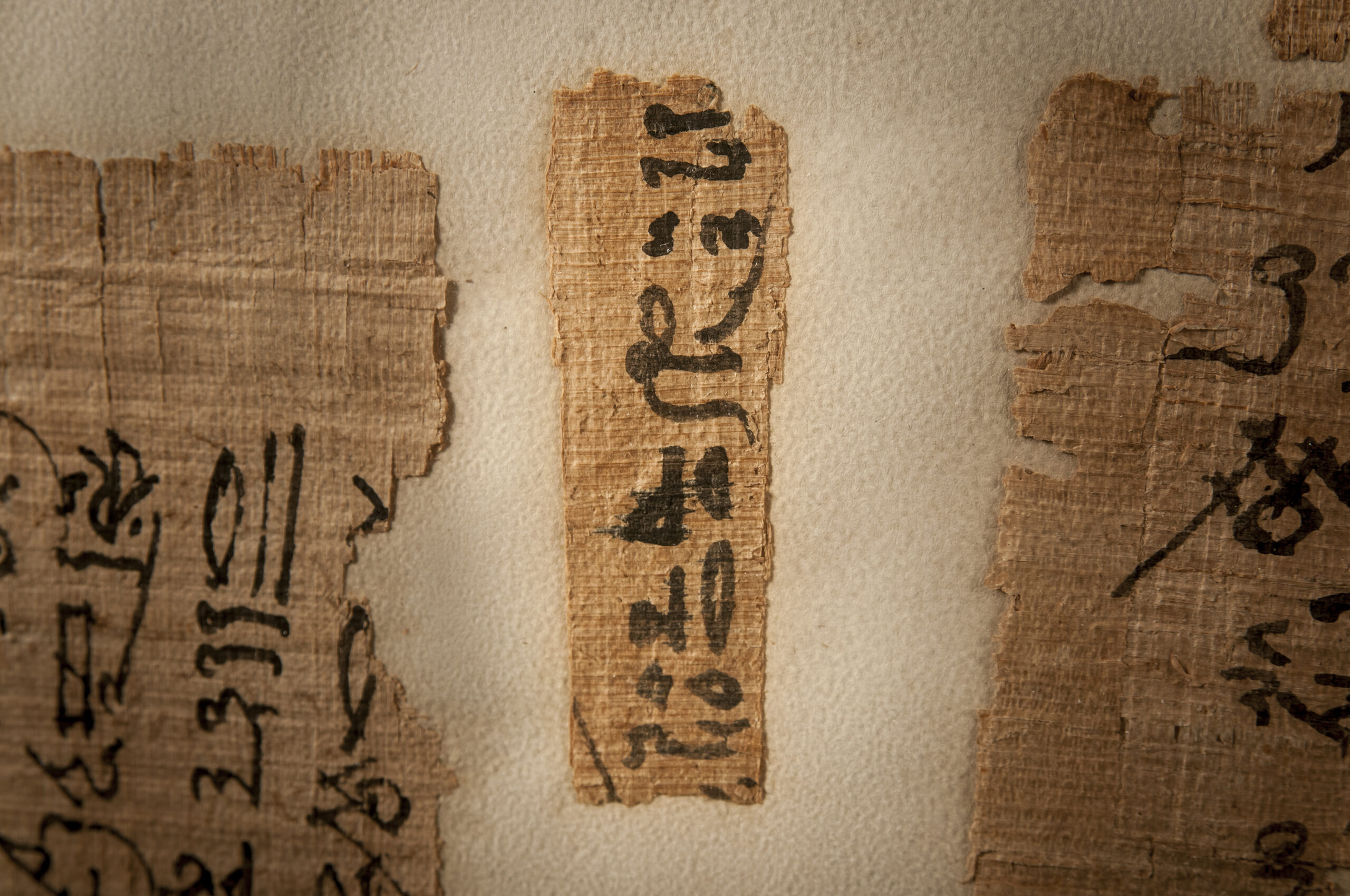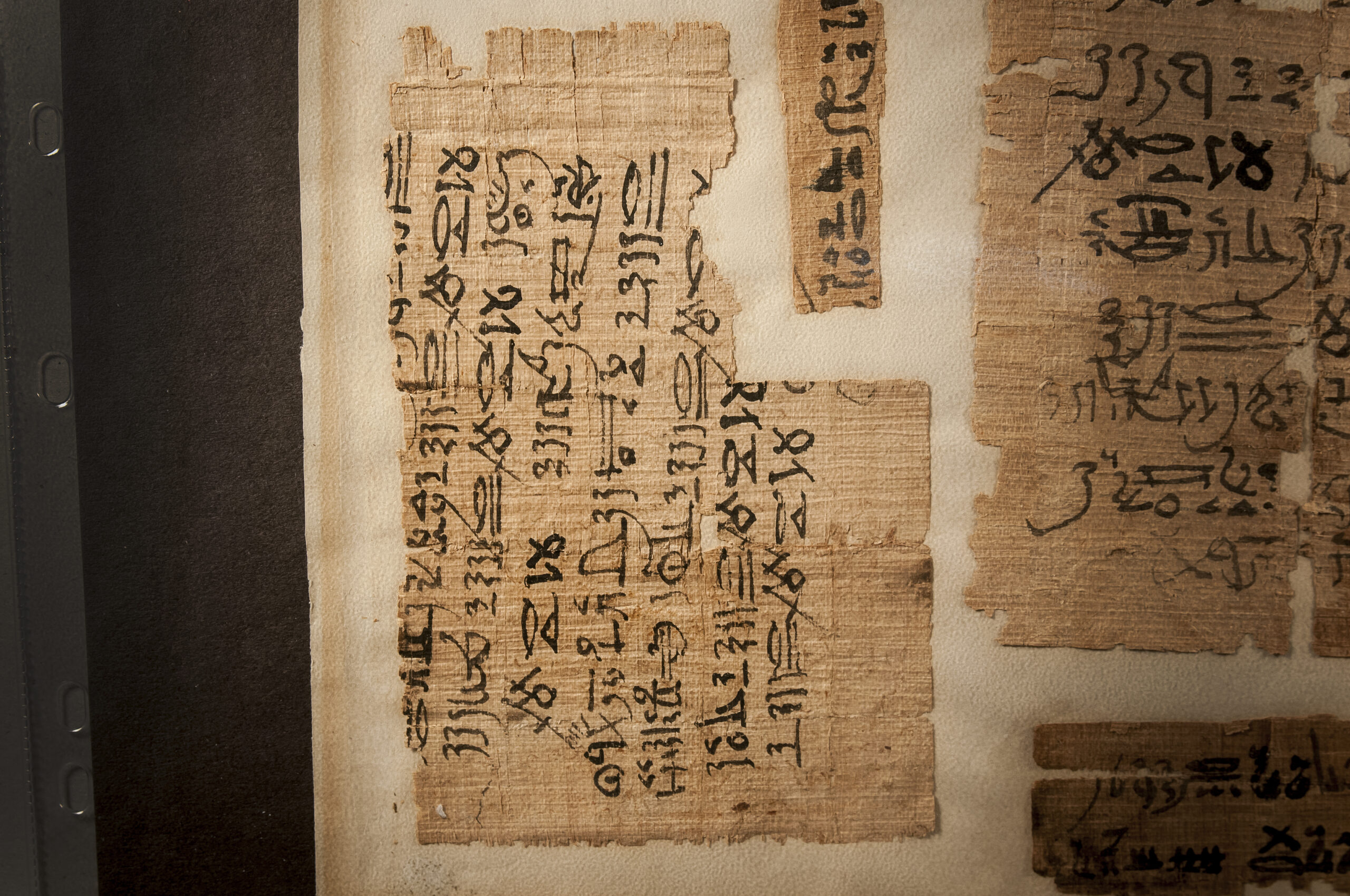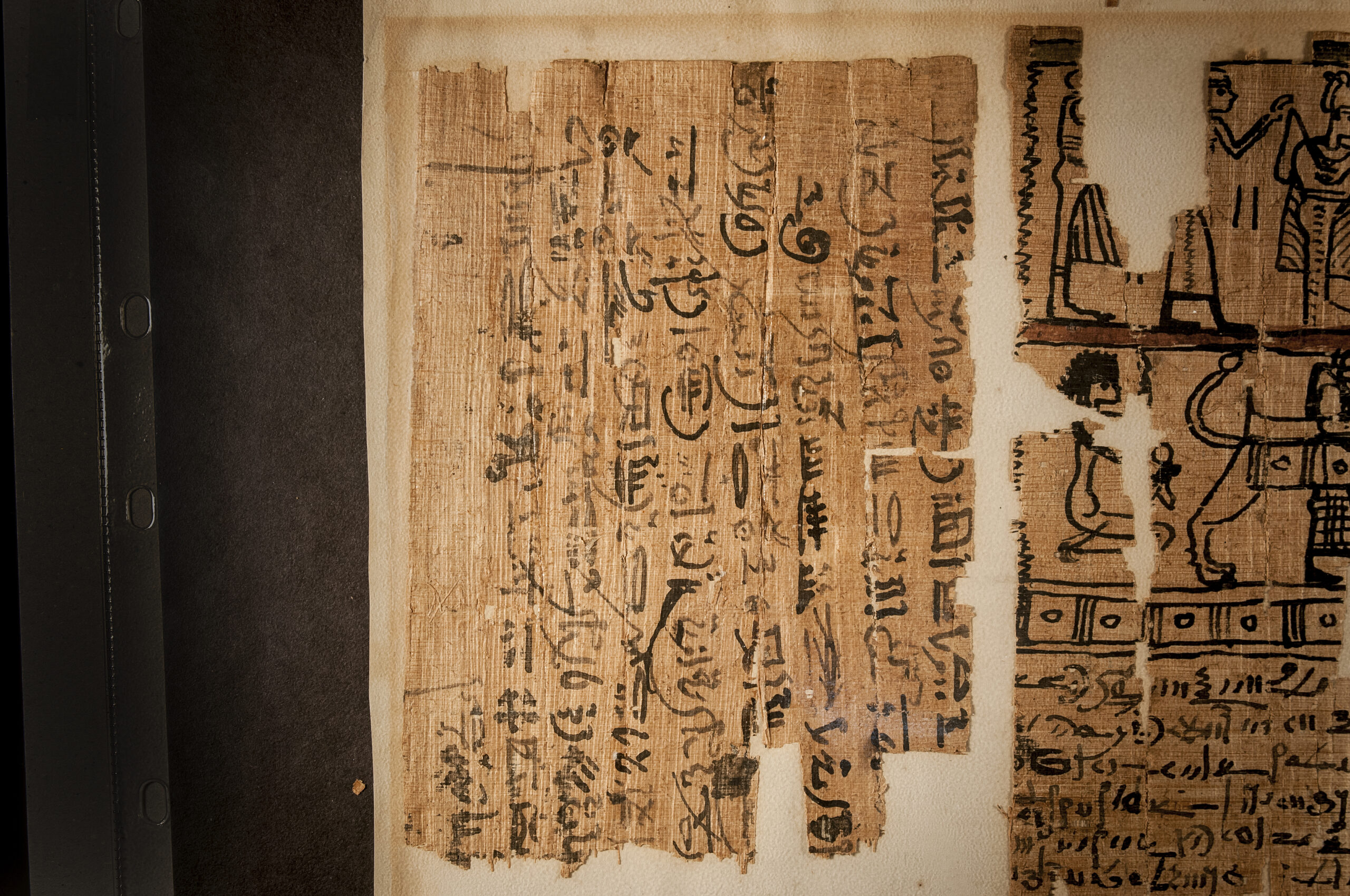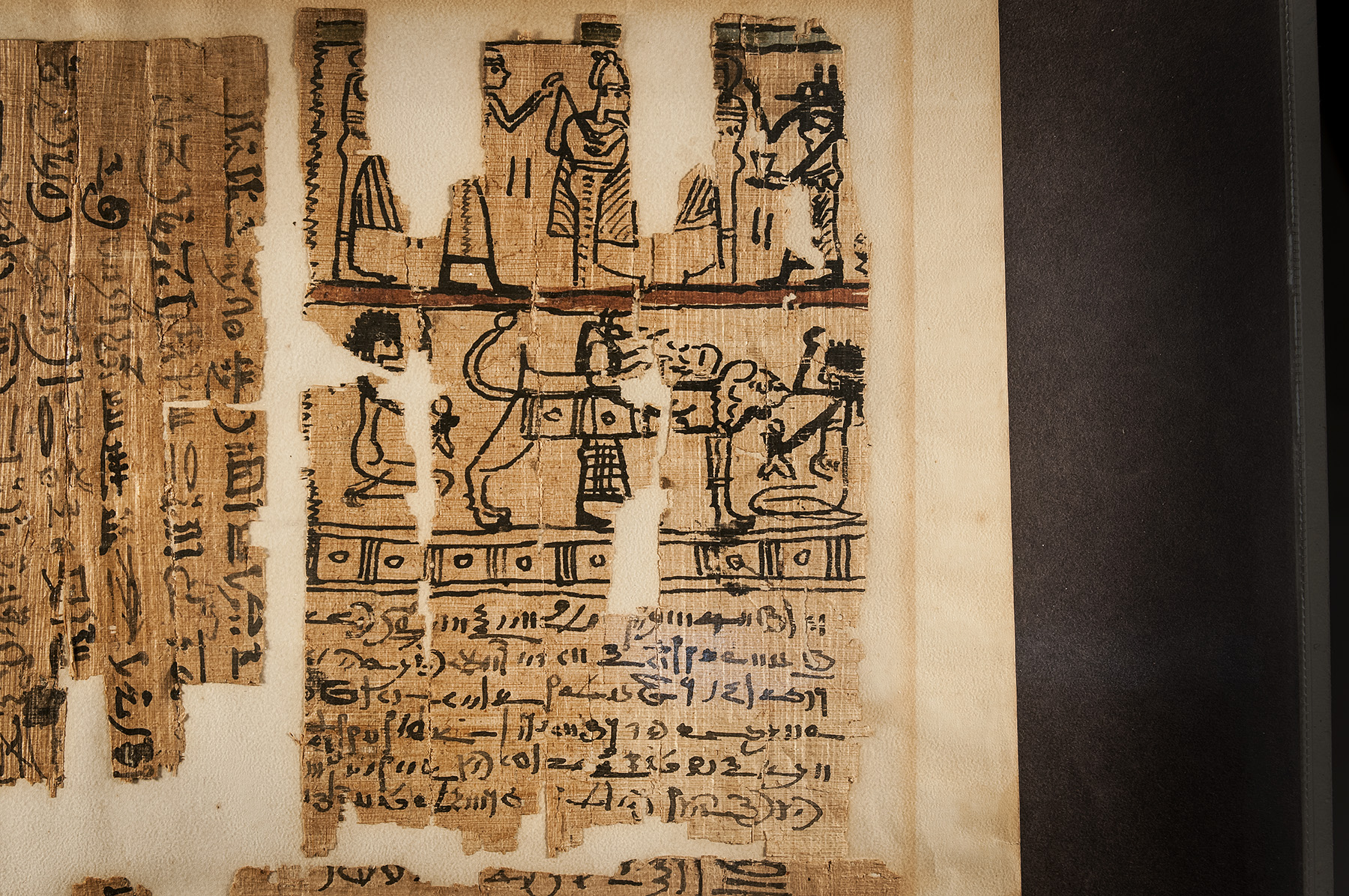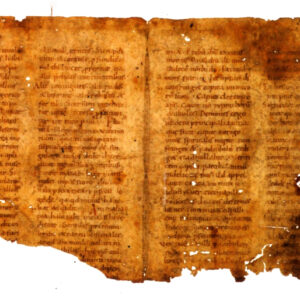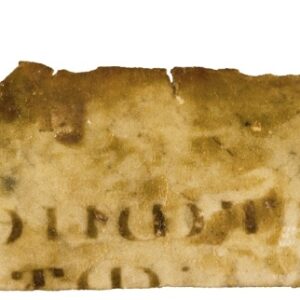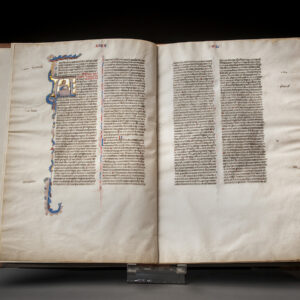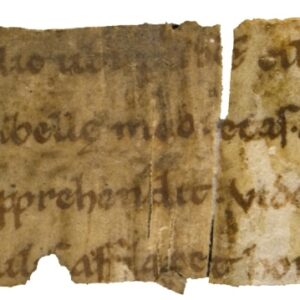‘Book of the Dead’ is a modern term for a collection of magical spells that the Egyptians used to help them get into the afterlife. They imagined the afterlife as a kind of journey you had to make to get to paradise – but it was quite a hazardous journey so you’d need magical help along the way.
Prior to the New Kingdom, The Book of the Dead was only available to the royalty and the elite. The popularity of the Osiris Myth in the period of the New Kingdom made people believe the spells were indispensible because Osiris featured so prominently in the soul’s judgment in the afterlife. As more and more people desired their own Book of the Dead, scribes obliged them and the book became just another commodity produced for sale.
In the same way that publishers in the present day offer Print on Demand books or self-published works, the scribes offered different “packages” to clients to choose from. They could have as few or as many spells in their books as they could afford. Bunson writes, “The individual could decide the number of chapters to be included, the types of illustrations, and the quality of the papyrus used. The individual was limited only by his or her financial resources” (48).
From the New Kingdom through the Ptolemaic Dynasty (323 – 30 BCE) The Book of the Dead was produced this way. It continued to vary in form and size until c. 650 BCE when it was fixed at 190 uniform spells but, still, people could add or subtract what they wanted to from the text. A Book of the Dead from the Ptolemaic Dynasty which belonged to a woman named Tentruty had the text of The Lamentations of Isis and Nephthys attached to it which was never included as part of the Book of the Dead. Other copies of the book continued to be produced with more or less spells depending on what the buyer could afford. The one spell which every copy seems to have had, however, was Spell 125.
Featured here are several papyrus fragments of the Egyptian Book of the Dead from Egypt’s Ptolemaic Era (305 – 30 BCE). Examining Egyptian art during these 300 years reveals strong continuities in its traditions but also interactions with Greek art, whose forms and styles swept the world with Alexander’s armies. The encounter of the two cultures had many aspects and phases, and is easiest to comprehend by looking first at the new ruling class, its involvements and concerns, and then at religion and the arts in the greater land of Egypt.



